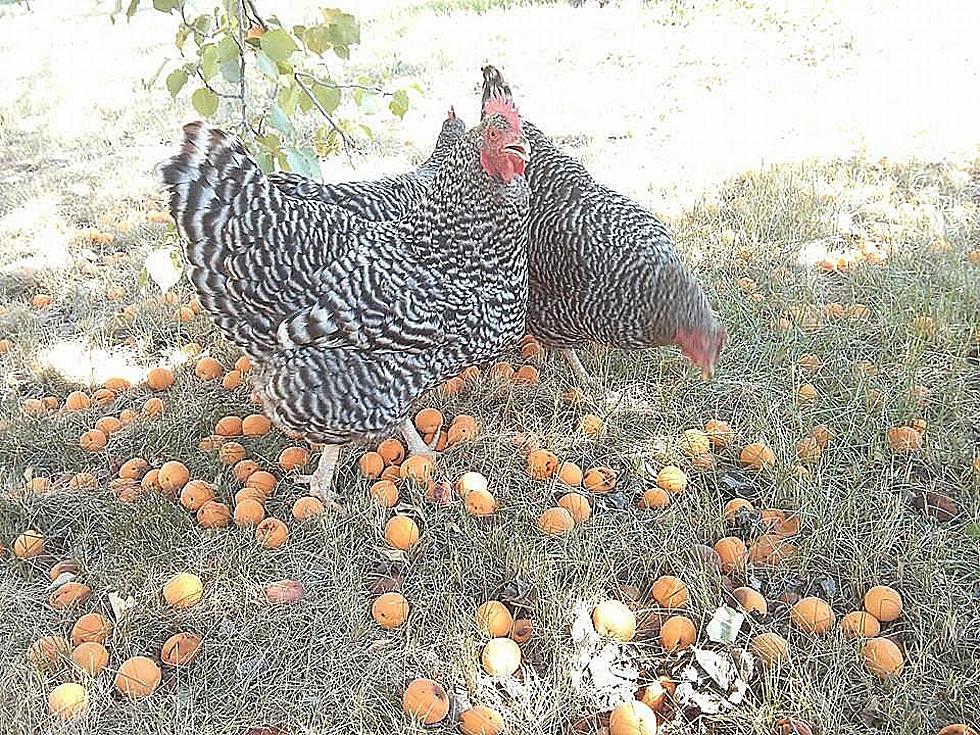
Minnesota Owl Makes Rare Recovery from Avian Flu
The avian flu has been really hitting our birds hard, especially the raptors. The University of Minnesota's Raptor Center has been busy working to take care of the Minnesota raptors becoming infected. Sadly none of them have made it. But just recently they were able to give a happy report that one raptor has made a rare recovery.
The Raptor Center has had over 100 raptors test positive for the avian flu (highly-pathogenic avian influenza or HPAI) since late March, according to Bring Me the News. Sadly, all of those raptors have either died because of the sickness or needed to be euthanized because of the sickness.
Now they have a positive story to share, a great horned owl has recovered from the avian flu and has now been released back into the wild. Great horned owls are the most affected raptor by the avian flu, so it's exciting that at least one of them has persevered.

The owl was brought to the Raptor Center when she was found in the middle of the road. They said she was "'quiet and sluggish', but she wasn't showing severe, end-stage symptoms". They were able to quarantine her from all the other raptors, helped her as they could in her recovery, and she was able to pull through. In a Facebook post, the Raptor Center says that after three days, the owl tested negative. She then started to show more and more of her typical great-horned owl behavior. They tested her strength and stamina, did one more avian flu test which came back negative, and they were able to release her back into the wild on Wednesday.
It sounds like there may still be a long road ahead, but I'm so glad she was able to make a recovery. Hopefully we'll start to hear more stories of recoveries soon.
LOOK: Stunning animal photos from around the world
More From KRFO-FM






